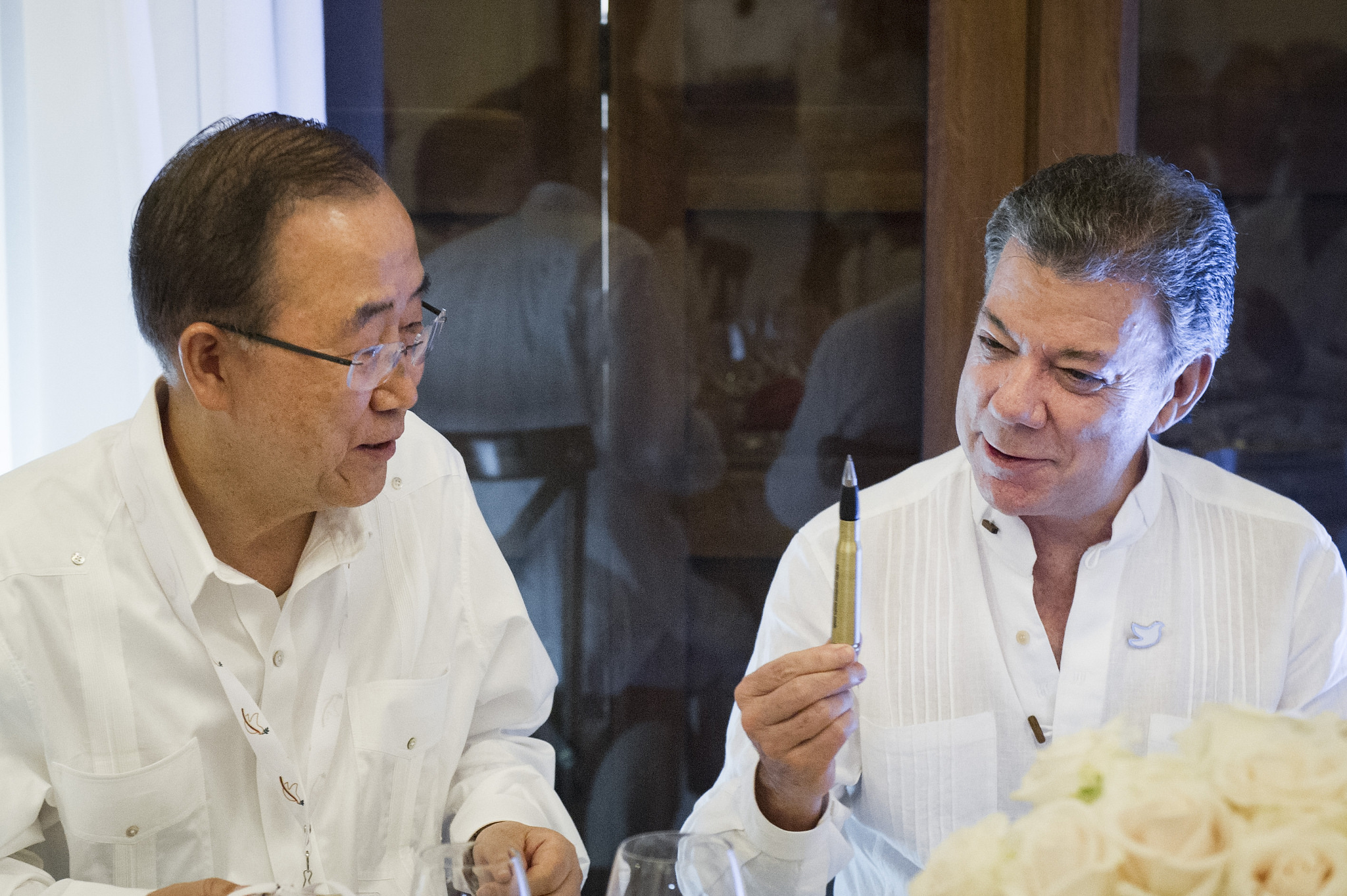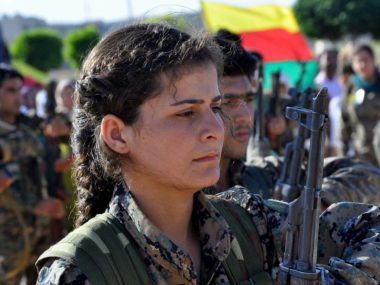By Juliana Restrepo Sanin for Denver Dialogues.
In 2016 the government of Colombia signed a peace agreement with the Revolutionary Armed Forces of Colombia (FARC). The Peace Agreement represents an important threshold as it puts an end to more than 50 years of struggle between the Colombian state and the FARC. At the same time, this document is the most gender-sensitive peace agreement to date. This achievement was possible, in part, because of the work of feminist activists and women’s organizations that pressured both the government and the FARC to include women.
While the Agreement has provisions to address the particular ways in which women and LGBTQ communities were affected by the conflict, it emphasizes women’s condition as victims. As scholars have shown, focusing on women as victims ignores the many ways in which armed conflict shifts gender relations. Further, the Agreement does not substantively challenge the sociocultural and political structures that reproduce gender and ethnic inequalities. The election of conservative Ivan Duque further endangers the possibilities of achieving gender justice in the country. Duque ran on a platform that sought to undermine the Peace Agreement by, for example, emphasizing the need to have prison sentences for members of the FARC, challenging the guerrilla’s involvement in electoral politics, and leaving the military out of the Special Jurisdiction for Peace—the transitional justice body—and instead having members of the armed forces be prosecuted by a separate court. Since Duque took office, the implementation of the agreement has slowed down and several of the institutions created to provide justice and restitution to the victims had their budgets severely cut. Here are some of the challenges to the implementation of the Agreement through a gender lens.
First, one of the main points of opposition to the first peace agreement was the inclusion of a gender lens throughout the document. In the re-negotiation process some of the positions of conservative groups—who oppose this gender-sensitive approach—were included. Despite the changes made to appease conservatives, there is still strong opposition to the Accord among evangelical, Catholic, and right-wing sectors who argue that the agreement is “being used as an instrument to impose gender ideology as a Constitutional norm and provide a final blow to Colombia’s families”. These groups have prominent international support and have mobilized to undermine or reverse gains toward improving gender equality and protecting LGBTQ rights. With conservative groups gaining visibility and power in the executive and the legislative branches, these possibilities become much more real.
Second, although it is hard for the government to completely ignore the mandate of the Agreement, the institutions in charge of the implementation process still depend on government funds. The budget approved for 2019 significantly reduced the economic resources available to three of the main institutions created to implement the peace agreement: The Special Jurisdiction for Peace, the Unit to Find Missing Persons, and the Truth Commission. Because the inclusion of gender throughout the Accord is an innovation of the Colombian Peace Agreement, the technical capacity to translate the letter of the agreement into practice still needs to be developed. With these budget cuts, building that technical capacity will become even harder, especially at the territorial level, where levels of gender inequality are higher.
Third, the government’s approach to state-building is centered on growing military capacity and deployment, not on the provision of services. The demobilization of the FARC left a vacuum that has not been filled by the government, and armed groups, including criminal gangs and FARC dissidents, are now stepping into the gap. The increase in military presence undermines the gains already made, and places women, especially human rights defenders, at risk. There is evidence that gender-based violence against women is increasing, while civil society activists are being assassinated at alarming rates. Militarization—either because of the state’s military presence increases, or because of the presence of other illegal actors—has shown to have grave effects on women’s security and undermines the work of civil society actors.
Finally, one of the greatest challenges to the implementation of the gender components of the peace agreement is Colombia’s low level of women’s political participation. Currently, only 20% of the seats in the National Legislature are held by women, while women’s participation at the local level remains very low with only around 10% of women elected as mayors or governors. The country currently has a gender quota, and parity in decision making was discussed as part of the electoral reforms proposed after the agreement. However, the quota law is not applied to all public offices or legislative bodies at the local and state levels, there are no provisions in place to increase the number of women in executive positions, parties remain reluctant to include women, and violence against women politicians is systematic.
Studies in other countries have demonstrated that women’s presence in politics leads to more sustainable peace. Further, women politicians tend to focus their work on social issues, such as education, healthcare, and inequality. Increasing the number of women in politics at all levels of government not only improves gender equality indicators and promotes the adoption of more egalitarian policies, but directly impacts the prospects for peace.
With the 2016 Agreement, Colombia has an important opportunity to become a more peaceful and just society. To reach this long-held dream, it is necessary that all actors, both civil society and government, are committed to seeking justice, truth, and reconciliation, without ignoring the needs and demands of half of the population.





